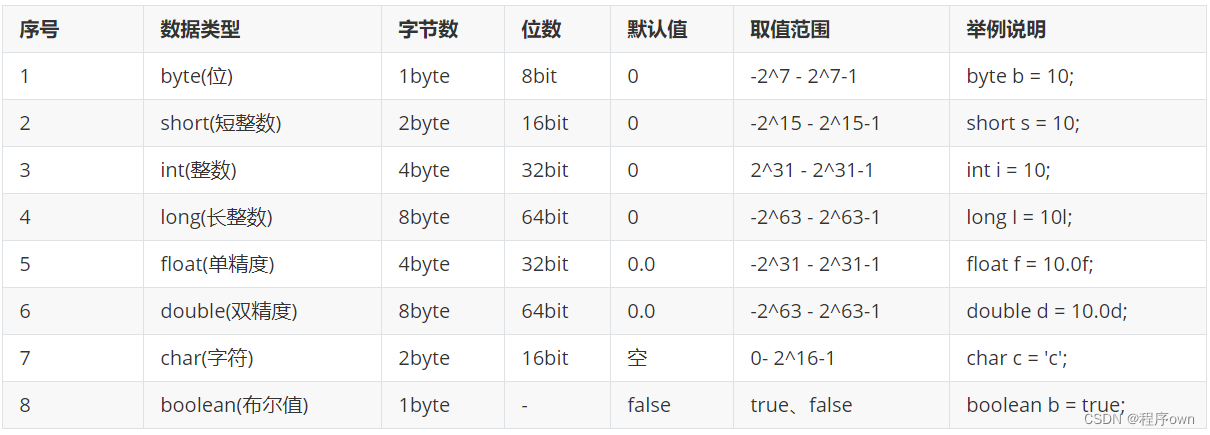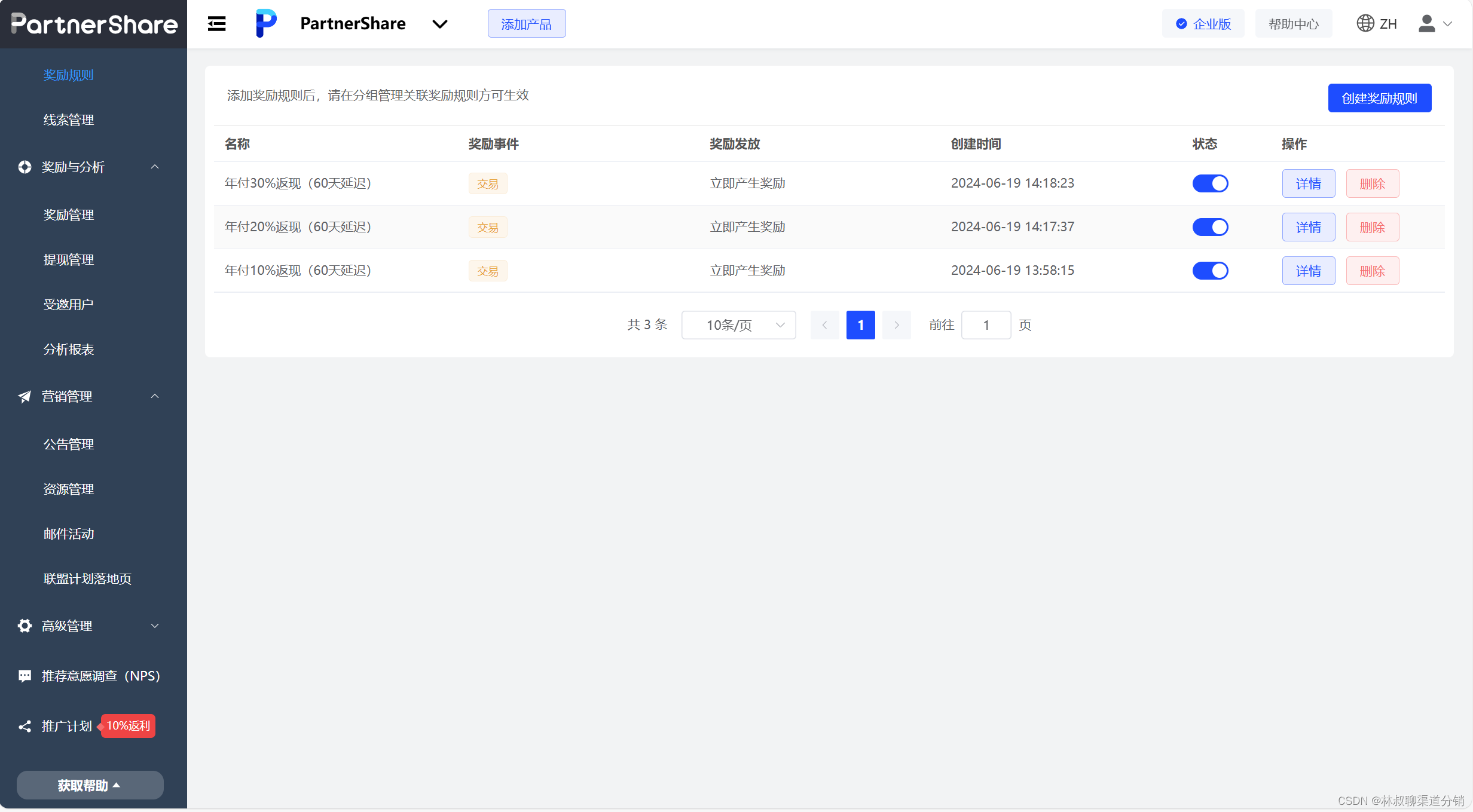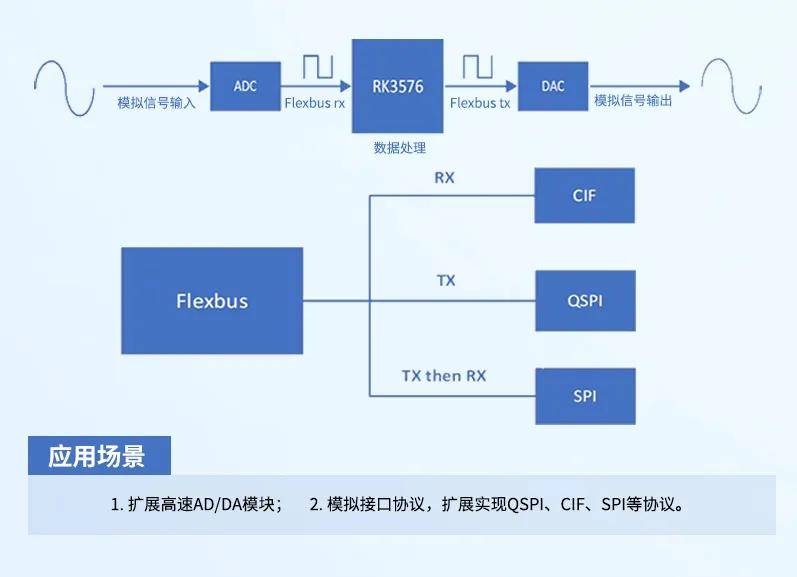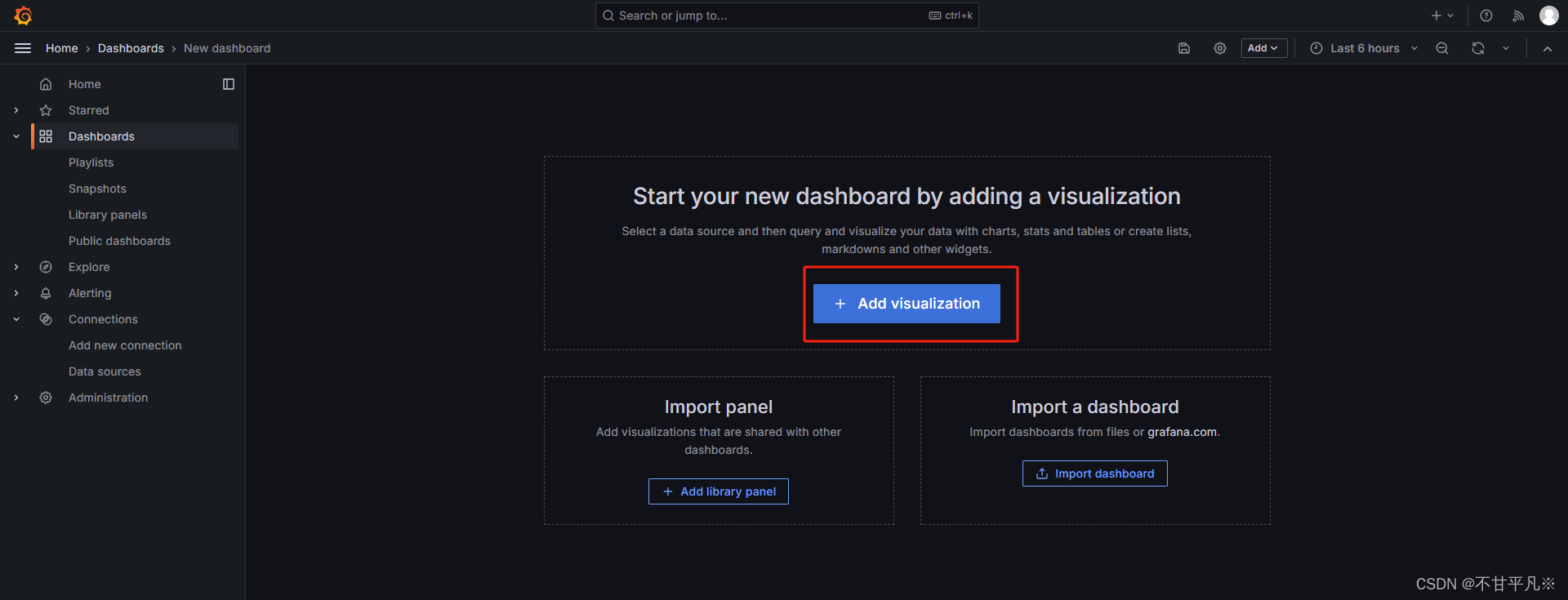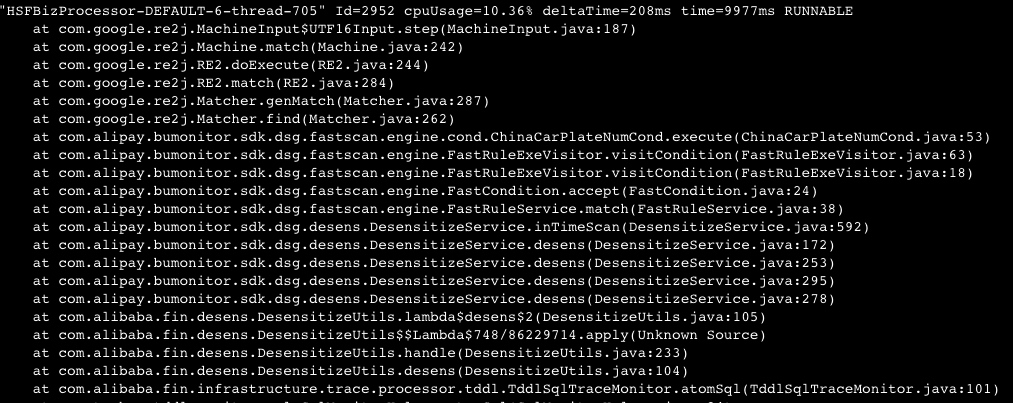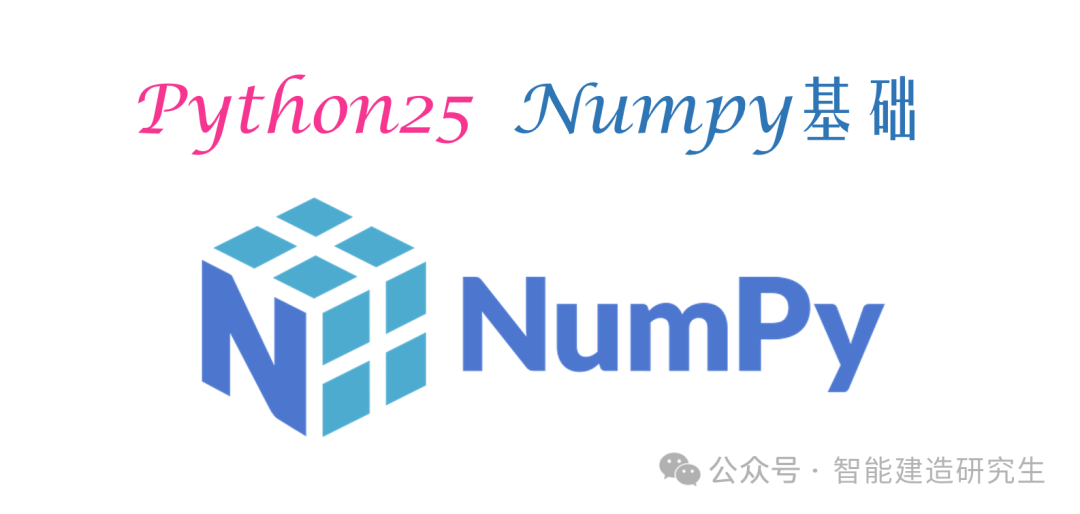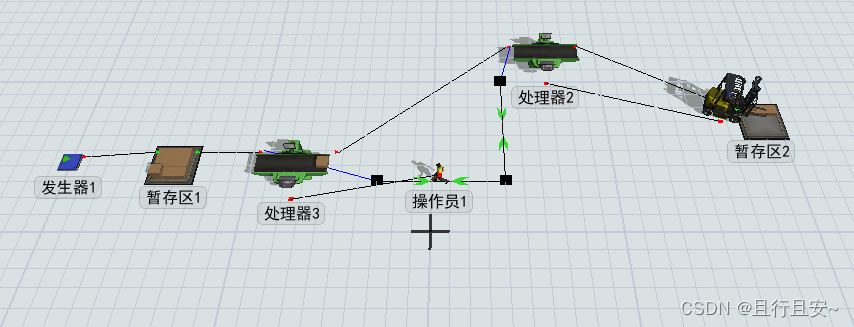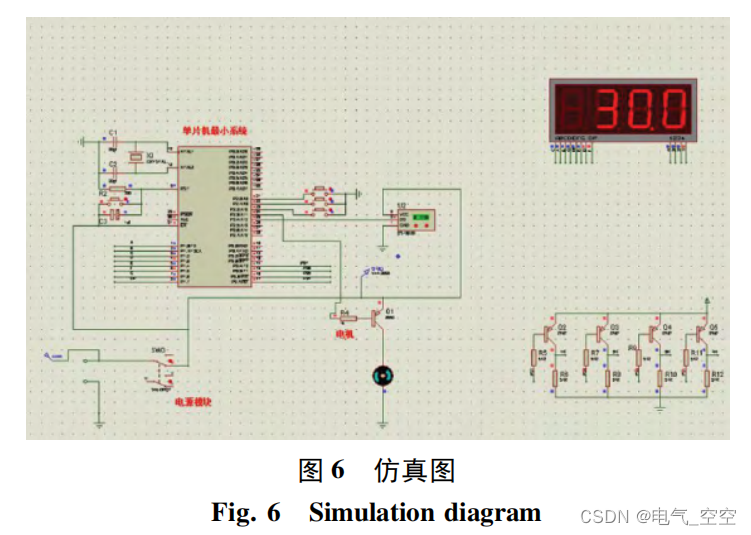org.springframework.aop.framework.autoproxy.AbstractAutoProxyCreator#wrapIfNecessary
分析JDK动态代理
生成的代理对象 构造函数,入参为 InvocationHandler
public com.sun.proxy.$Proxy164(java.lang.reflect.InvocationHandler)
生成动态代理Class对象:
Class<?> cl = getProxyClass0(loader, intfs);
实例化动态代理对象:
final Constructor<?> cons = cl.getConstructor({ InvocationHandler.class });
cons.newInstance(new Object[]{h});
方法
equals,toString,hashCode
0 = {Method@10598} "public final boolean com.sun.proxy.$Proxy164.equals(java.lang.Object)"
1 = {Method@10599} "public final java.lang.String com.sun.proxy.$Proxy164.toString()"
2 = {Method@10600} "public final int com.sun.proxy.$Proxy164.hashCode()"
和 所有代理接口中的 所有方法。
代理对象的方法实现逻辑:比如 equals方法
return ((Boolean)this.h.invoke(this, m1, new Object[] { paramObject })).booleanValue();
就是调用
java.lang.reflect.InvocationHandler#invoke
public interface InvocationHandler {
public Object invoke(Object proxy, Method method, Object[] args) throws Throwable;
}第一个参数,代理对象本身
第二个参数,调用的代理的接口中的方法
第三个参数,调用的方法 入参
JDK动态代理 需要开发者关注的,就是 实现 InvocationHandler 接口。实际 也并不需要很复杂的实现,可以引用另一个服务来实现。

org.springframework.aop.framework.autoproxy.AbstractAutoProxyCreator
在spring 实例化 bean之后,会执行
public Object postProcessAfterInitialization(@Nullable Object bean, String beanName) {
if (bean != null) {
Object cacheKey = getCacheKey(bean.getClass(), beanName);
if (this.earlyProxyReferences.remove(cacheKey) != bean) {
return wrapIfNecessary(bean, beanName, cacheKey);
}
}
return bean;
}完成aop 代理对象的生成。

JDK动态代理的 InvocationHandler 的实现类为 JdkDynamicAopProxy,其增强功能由 advised 完成。和上面画的结构 基本一致。
Advisor
寻找Advisor
// org.springframework.aop.aspectj.annotation.AnnotationAwareAspectJAutoProxyCreator#findCandidateAdvisors
protected List<Advisor> findCandidateAdvisors() {
// Add all the Spring advisors found according to superclass rules.
List<Advisor> advisors = super.findCandidateAdvisors();
// Build Advisors for all AspectJ aspects in the bean factory.
if (this.aspectJAdvisorsBuilder != null) {
advisors.addAll(this.aspectJAdvisorsBuilder.buildAspectJAdvisors());
}
return advisors;
}第一部分,直接查找所有的 Advisor类型的bean
this.beanFactory.getBean(name, Advisor.class)
第二部分,查询标有 @Aspect 注解的 bean
private boolean hasAspectAnnotation(Class<?> clazz) {
return (AnnotationUtils.findAnnotation(clazz, Aspect.class) != null);
}针对每个bean,找到所有 没有标记 @Pointcut 注解的方法
对每个方法查找对应的切面,标记 标记 @Around等注解的方法
private static final Class<?>[] ASPECTJ_ANNOTATION_CLASSES = new Class<?>[] {
Pointcut.class, Around.class, Before.class, After.class, AfterReturning.class, AfterThrowing.class};
protected enum AspectJAnnotationType {
AtPointcut, AtAround, AtBefore, AtAfter, AtAfterReturning, AtAfterThrowing
}获取 注解的value值,通常返回的是 标记有 @Pointcut 注解的 方法名
Method method = annotation.annotationType().getDeclaredMethod(attributeName);
ReflectionUtils.makeAccessible(method);
return method.invoke(annotation);开始包装该切面方法:
关键代码块
switch (aspectJAnnotation.getAnnotationType()) {
case AtPointcut:
if (logger.isDebugEnabled()) {
logger.debug("Processing pointcut '" + candidateAdviceMethod.getName() + "'");
}
return null;
case AtAround:
springAdvice = new AspectJAroundAdvice(
candidateAdviceMethod, expressionPointcut, aspectInstanceFactory);
break;
case AtBefore:
springAdvice = new AspectJMethodBeforeAdvice(
candidateAdviceMethod, expressionPointcut, aspectInstanceFactory);
break;
case AtAfter:
springAdvice = new AspectJAfterAdvice(
candidateAdviceMethod, expressionPointcut, aspectInstanceFactory);
break;
case AtAfterReturning:
springAdvice = new AspectJAfterReturningAdvice(
candidateAdviceMethod, expressionPointcut, aspectInstanceFactory);
AfterReturning afterReturningAnnotation = (AfterReturning) aspectJAnnotation.getAnnotation();
if (StringUtils.hasText(afterReturningAnnotation.returning())) {
springAdvice.setReturningName(afterReturningAnnotation.returning());
}
break;
case AtAfterThrowing:
springAdvice = new AspectJAfterThrowingAdvice(
candidateAdviceMethod, expressionPointcut, aspectInstanceFactory);
AfterThrowing afterThrowingAnnotation = (AfterThrowing) aspectJAnnotation.getAnnotation();
if (StringUtils.hasText(afterThrowingAnnotation.throwing())) {
springAdvice.setThrowingName(afterThrowingAnnotation.throwing());
}
break;
default:
throw new UnsupportedOperationException(
"Unsupported advice type on method: " + candidateAdviceMethod);
}根据切面的类型,返回不同的Advice类型的对象。

寻找可以应用在当前bean的 advisor。这个逻辑有点复杂,先跳过
return canApply(pca.getPointcut(), targetClass, hasIntroductions);
接下来就是创建代理对象
public AopProxy createAopProxy(AdvisedSupport config) throws AopConfigException {
if (config.isOptimize() || config.isProxyTargetClass() || hasNoUserSuppliedProxyInterfaces(config)) {
Class<?> targetClass = config.getTargetClass();
if (targetClass == null) {
throw new AopConfigException("TargetSource cannot determine target class: " +
"Either an interface or a target is required for proxy creation.");
}
if (targetClass.isInterface() || Proxy.isProxyClass(targetClass)) {
return new JdkDynamicAopProxy(config);
}
return new ObjenesisCglibAopProxy(config);
}
else {
return new JdkDynamicAopProxy(config);
}
}这边代码看起来绕来绕去,实际设计的比较精炼。使用一个工厂类的一个方法就返回了代理对象。
proxyFactory.getProxy(getProxyClassLoader());
createAopProxy().getProxy(classLoader)
getAopProxyFactory().createAopProxy(this)
多个方法级联调用,只是这里进行了 一个拆分。

public JdkDynamicAopProxy(AdvisedSupport config) throws AopConfigException {
Assert.notNull(config, "AdvisedSupport must not be null");
if (config.getAdvisors().length == 0 && config.getTargetSource() == AdvisedSupport.EMPTY_TARGET_SOURCE) {
throw new AopConfigException("No advisors and no TargetSource specified");
}
this.advised = config;
}
上面描述了,JdkDynamicAopProxy就是 InvocationHandler的实现类。

其invoke方法内部 List<Object> chain = this.advised.getInterceptorsAndDynamicInterceptionAdvice(method, targetClass); 完了对切面的执行调用。
执行过程:



